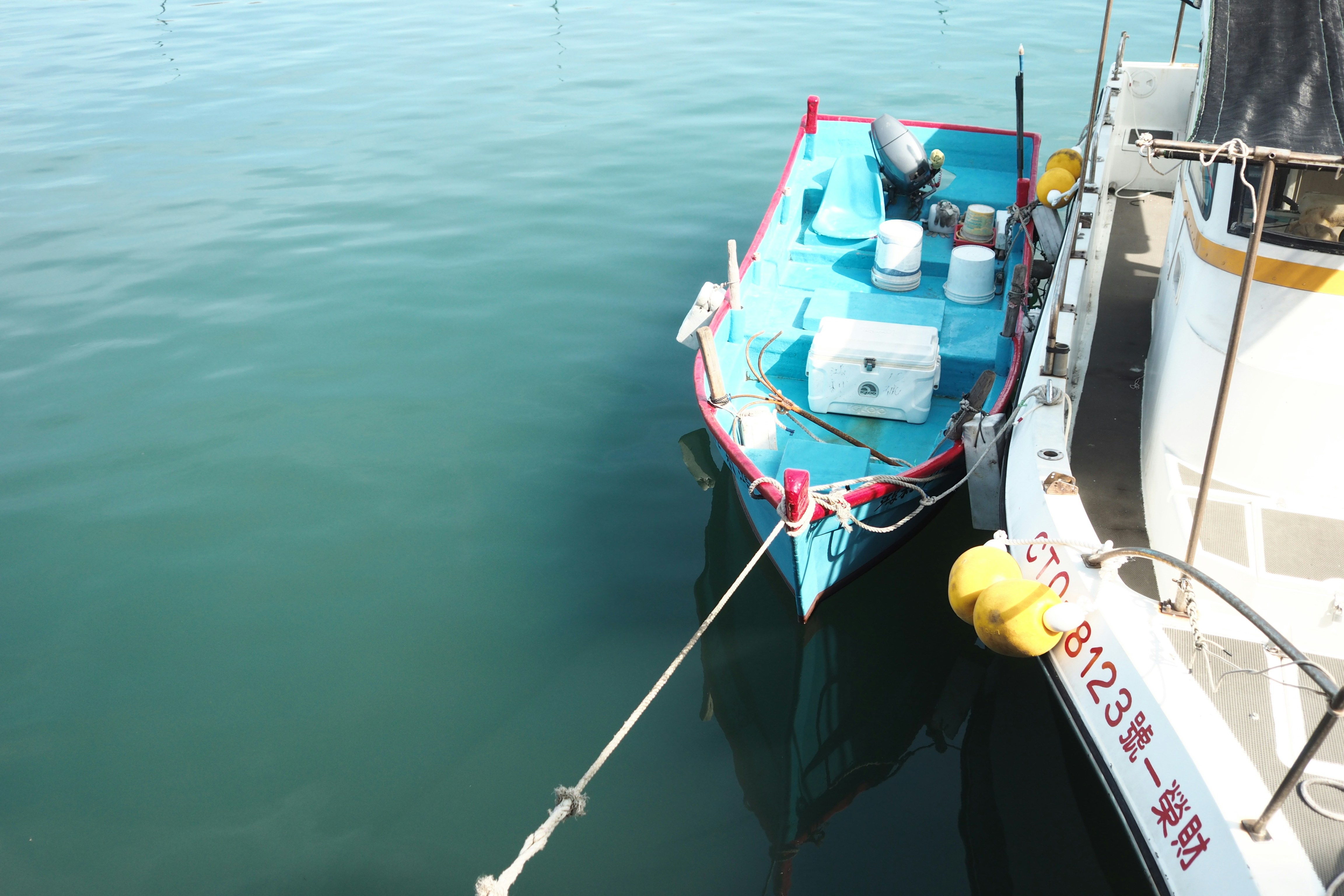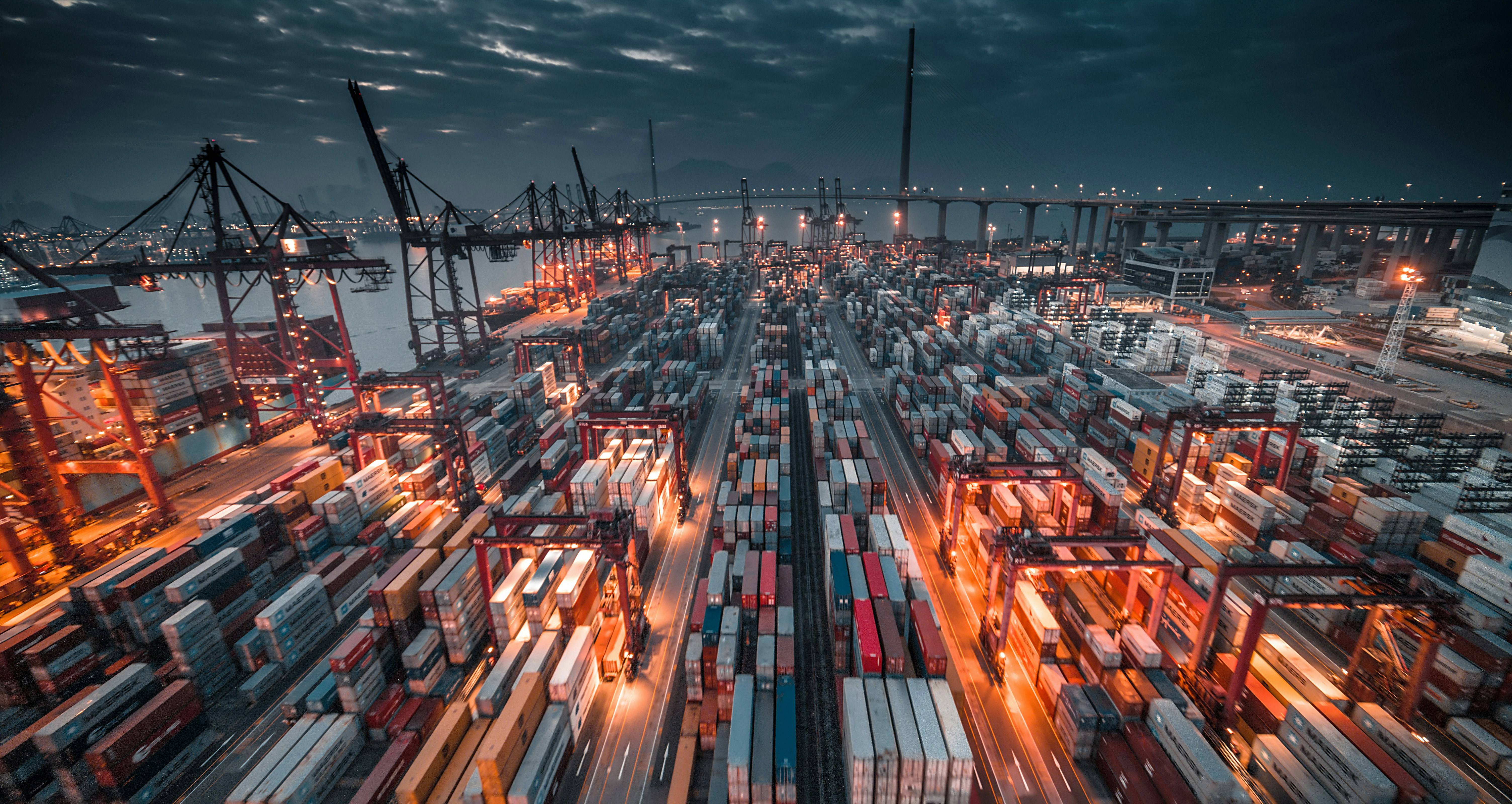The Autonomous Maritime Revolution is more than coming, it's already underway, and the numbers are staggering. Investment in autonomous maritime systems grew from $104.6 million in 2023 to $922.9 million in the first half of 2025. While many watch Silicon Valley, the real strategic capital is flowing from the Middle East, Australia, and Asia-Pacific, where investors are deploying billions that could reshape the world.
The Numbers Don't Lie: A 9X Growth Story
The Autonomous Maritime Revolution is delivering sustained, exponential growth, supported by a mix of private capital and government procurement. Today, 227 companies operate across the sector, with 69 deals in the trailing twelve months, signaling a rapid maturation of an industry that was still nascent three years ago.
Scale and Deal Economics:
- 2025 H1 Investment: $922.9 million (9x growth from 2023), reflecting large inflows into autonomous ships and related systems
- Median Deal Size: $25.45 million (5x YoY growth), showing larger financing rounds for ships and platform developers
- Median Post-Money Valuation: $290.93 million (48.85x YoY growth), reflecting investor appetite for proven maritime technology plays
- Total Capital Invested TTM: $1.07 billion, driving broader adoption of autonomous ships and systems across the shipping industry
These figures show investors are backing both hardware and software, from vessels and navigation systems to data platforms that improve voyage safety and efficiency. Next, we examine where that capital is flowing, and which players are capturing the biggest share.
Regional Power Plays: Beyond the Silicon Valley Narrative
Middle East: The Sovereign Wealth Strategy
The Middle East is acting beyond only buying technology; it is building the entire infrastructure and regulatory frameworks that will anchor the Autonomous Maritime Revolution. The UAE has moved aggressively to pair capital with ports, rules, and operational capability to create a durable advantage for autonomous ships and systems.
UAE's Maritime Dominance Play:
- 106 ports operated globally by UAE entities across 78 countries
- AED 135 billion contribution to national GDP from the maritime sector
- 21 million TEUs handled in 2023, setting regional records
- Advanced regulatory framework for autonomous maritime vessels under development to streamline testing and operations
The UAE's playbook pairs port control with clear testing corridors and simulation sandboxes, giving operators and suppliers a real-world environment to validate navigation, sensor, and communication systems. That combination of infrastructure and policy creates advantages that pure software plays cannot buy.
Saudi Arabia's Vision 2030 Catalyst:
Saudi Arabia is using its National Industrial Development and Logistics Program to jumpstart maritime autonomy. The Kingdom focuses on integrating AI, ML, and IoT into marine transport to accelerate domestic capability and attract investment.
- National Industrial Development and Logistics Program (NIDLP) facilitating public-private partnerships and local manufacturing
- Red Sea testbed facility under construction to validate maritime autonomous technologies at scale
- 100+ investment opportunities identified across maritime infrastructure, logistics, and systems integration
- Strategic geographic positioning connecting three continents via emerging autonomous shipping routes
Asia-Pacific: The Manufacturing and Integration Hub
Singapore's Systematic Approach:
Singapore's Maritime and Port Authority has committed S$7.2 million ($5.3 million) across five autonomous shipping projects, but the bigger story is their methodical push to create a world-first, fully autonomous port ecosystem that brings together port operators, technology vendors, and regulators.
Flagship Projects:
- Mitsui car carrier - first autonomous trial on an 8,000-vehicle capacity vessel, demonstrating how large commercial vessels can integrate navigation and automation systems
- Multiple tugboat conversions by ST Engineering, POSH, and Keppel, turning existing vessels into testbeds for autonomous control and sensor suites
- Cross-Agency Steering Committee developing an implementation roadmap that aligns regulation, port operations, and technology validation
- High traffic volume providing an unmatched testing environment for systems that must operate safely in congested shipping lanes

Maritime Technology Integration
Research vessels equipped with autonomous navigation systems
Australia's $1.7 Billion Defense Bet:
Australia pairs substantial government procurement with industrial policy. The Ghost Shark program, a $1.7 billion investment in Anduril Australia, is structured to build sovereign manufacturing and sustain a local supply chain for autonomous vessels.
- $1.7 billion investment in Anduril Australia's Ghost Shark program
- 5-year contract covering delivery, maintenance, and development to ensure sustained capability growth
- 120 existing jobs protected, and 150+ new high-skilled positions created, with 40+ Australian companies in the supply chain targeting 600+ additional jobs
This approach is more than procurement, it's industrial strategy, creating local capabilities in manufacturing, integration, and maintenance for autonomous vessels and related maritime technology.
Investment Opportunities: Where to Place the Bets
Tier 1: Proven Revenue Models
Low-risk, high-probability investments are companies with commercial deployments and clear unit economics. These businesses sell measurable operational benefits to ship operators and integrate into existing voyage workflows.
- Sea Machines: SM300 system priced at $98,500, ABS-certified and deployed commercially, a solid bet on autonomous control retrofit demand
- Orca AI: Platform serving 1,000+ vessels, demonstrating direct ROI through fuel and safety gains, a strong example of recurring revenue in the maritime industry
- Buffalo Automation: Example of government-subsidized ferry operations combining consumer services with autonomous vessel demos
Tier 2: Government-Backed Scale Players
Companies with secured procurement pipelines, especially defense contracts, offer scale and lower market risk. Look for firms with shipbuilding or sovereign manufacturing plans.
- Saronic Technologies: $4 billion valuation tied to DoD procurement pathways, an example of vessel-first scaling
- Anduril Australia: Ghost Shark contract ($1.7 billion) with sovereign manufacturing commitments, illustrating defense-industrial strategy
- Saildrone: $246.2 million raised with multiple government partnerships, positioned as a persistent data-collection platform
Tier 3: Regional Infrastructure Plays
Companies that control ports, regional networks, or integration services can capture outsized regional economics as autonomous shipping scales.
- Singapore-based autonomous port technology developers, positioned to sell solutions to high-traffic hubs
- UAE maritime autonomous systems integrators that can leverage port networks and regulatory sandboxes
- Australian maritime defense contractors in the Ghost Shark supply chain, benefiting from local content and manufacturing
The Strategic Implications: Why Geography Matters
Autonomous maritime solutions are not pure software plays, they depend on control of physical infrastructure, regulatory frameworks, and operational networks. That creates durable geographic advantages for countries that combine ports, shipyards, and clear rules.
Control Points in Autonomous Shipping:
- Port Control: Singapore and the UAE's port networks offer unmatched advantages for integrating and testing autonomous vessels and related systems in real traffic conditions.
- Regulatory Leadership: Jurisdictions that provide clear, workable rules for autonomous navigation, safety, and compliance will attract the majority of testing and commercial operations, creating a first-mover advantage.
- Manufacturing Scale: Australia and South Korea's emphasis on local production and supply chains creates sustainable advantages for shipbuilders, component suppliers, and maintenance networks.
- Energy Integration: Middle Eastern sovereign funds appreciate that autonomous vessels will change energy transportation networks, creating strategic value beyond pure shipping.
The 2030 Inflection Point
Several factors point to a 2030 inflection when autonomous vessels may move from pilots to mainstream deployment:
- Regulatory Harmonization: IMO and national efforts aim to produce harmonized autonomous vessel regulations by 2030, which would greatly reduce compliance friction
- Technology Maturation: Navigation, sensors, and autonomy systems are reaching commercial reliability thresholds needed for wide deployment
- Economic Pressure: Crew shortages and rising operational costs are creating urgency for automation and efficiency improvements
- Climate Requirements: Emissions mandates and fuel consumption targets push operators toward autonomous optimization and fuel-saving technologies
- Geopolitical Demands: Naval tensions and defense requirements are accelerating military autonomous vessel development, increasing demand for robust vessel platforms and systems
The Bottom Line: Maritime Autonomy as Strategic Infrastructure
Maritime autonomy is reshaping trade flows, naval capability, and energy transport. Investors should evaluate opportunities not only for financial returns, but for strategic control of ports, shipyards, and regional operational networks. For many, the choice is less about whether autonomous ship technology will work, and more about where to position for control as the sector scales into the 2030s.
For institutional investors seeking exposure to autonomous maritime systems, prioritize companies with proven deployments, procurement pathways, and control points in ports or regional infrastructure.
